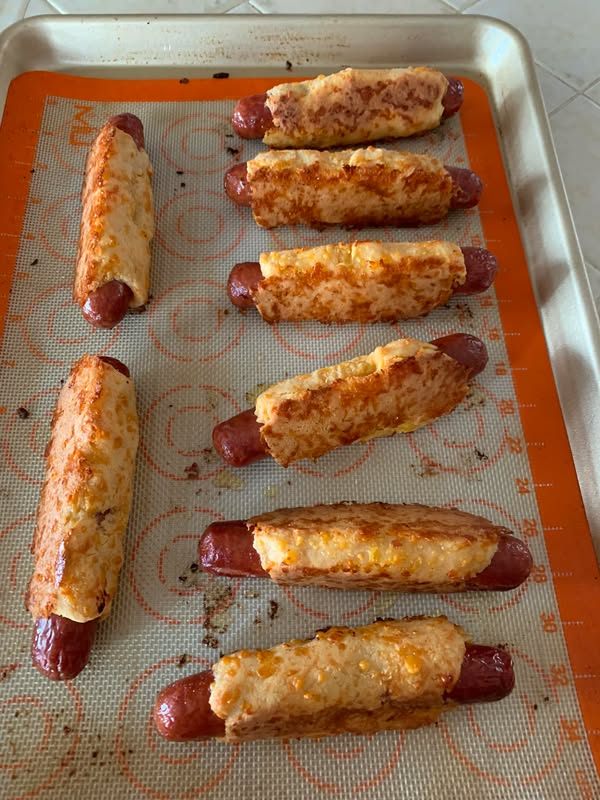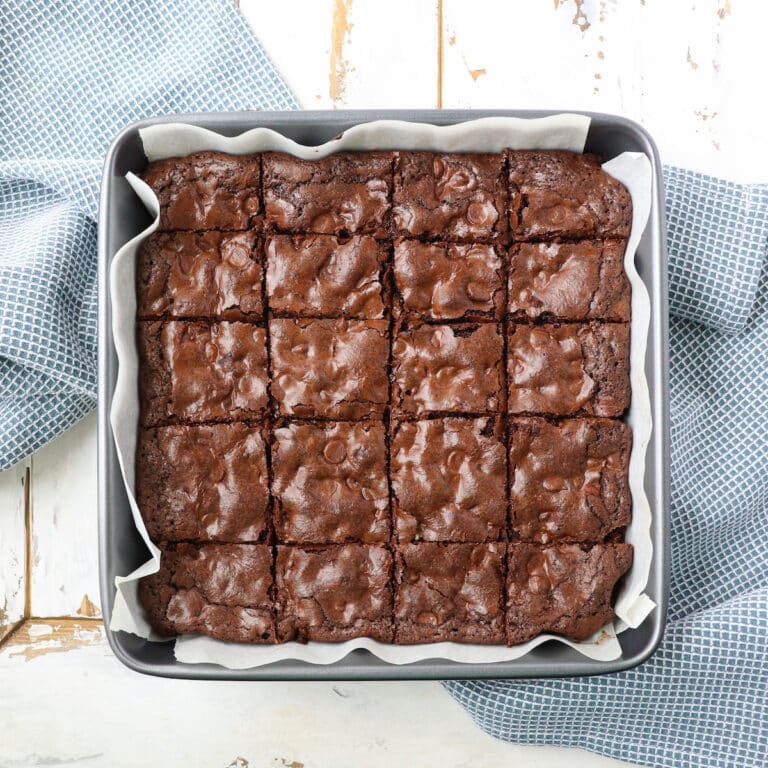KETO DIET FOR BEGINNERS STEP BY STEP
Welcome to the Keto Diet Plan for Beginners! Today, we’re walking you through simple, step-by-step tutorials to help kickstart your journey toward lasting weight loss. Keep in mind—this isn’t a quick fix. It’s a lifestyle for the long haul.

After a few weeks of writing about low-carb and keto topics, I figured it’s time to share a full keto diet plan for those of you who are curious and ready to dive in. My goal is to give you a clear, simple understanding of how keto really works—because anyone can do this once it clicks.
I don’t just want you to know how to do keto—I want you to truly understand it from the inside out.
Right now, you’re probably wondering what to eat, how much to exercise, and which foods to avoid. And yes, we’ll cover all of that. But the most powerful thing you can do? Learn how your body actually functions. We’ll get into that soon—right after I give you the info you came here for.
RECOMMENDED KETO STARTER PRODUCTS:
Let’s get this party started!
Keto Diet Plan for Beginners: The Statistics
Get to know your body:
1) Start by knowing where you stand.
Before you dive into planning, it’s important to understand your starting point.
Weigh yourself and take measurements. While BMI calculators aren’t the most accurate way to gauge body fat, they can still give you a rough idea—especially if you’re not ready to invest in a professional body composition analysis.
Here are the key stats you need to know:
Weight: Weigh yourself first thing in the morning, completely unclothed. This gives you the most accurate reading—before food, water, or clothes add extra pounds.
Height: Hopefully you already know this one! But hey, double-check—just in case you’ve had a surprise growth spurt.
Hips: Stand with your feet about 4 inches apart and measure around the widest part of your hips.
Calf: Shift your weight to your dominant leg, and measure around the widest point of your calf—usually halfway between your ankle and knee.
Thigh: Stand with your feet about 12 inches apart and measure the thickest part at the top of your thigh.
Wrist: Wrap the tape around the area just above the bony part of your wrist, right before your hand begins.
Forearm: Flex your arm slightly, and measure around the largest part of your forearm.
Once you’ve got your measurements, plug them into a BMI calculator to get a general idea of your body composition. For reference, I sit around 18% body fat—but remember, the real value is in tracking your progress over time.
Keep all your stats in a progress journal to stay motivated and see how far you’ve come. I highly recommend using a journal like this one—it’s packed with pages for notes, goal setting, daily habits, workout plans, measurement charts, and even spots for progress photos. Seriously, how cool is that?

2) Time to do a little learning.
Before we move forward, it’s important to understand what ketosis actually is—and the common mistakes to avoid. I highly recommend checking out this beginner-friendly article on Bodybuilding.com. It does a great job breaking things down. (Just note: if you’re not planning to get into the bodybuilding side of things, you can skip a couple of sections.)
Keto Diet Plan for Beginners: Personal Macros
3) Calculate Your Macros
Now that you understand your current body composition and have a basic grasp of ketosis, it’s time to figure out how many grams of carbs, fat, and protein you need each day to start losing weight effectively.
Head over to a Keto Calculator and input your stats. These numbers—your macros—are essential to your success. Be sure to write them down somewhere you’ll see often. Personally, I keep mine pinned to the wall in my kitchen so it’s easy to reference when planning meals.
Keto Diet Plan for Beginners: Setting Your Goals
4) Ready to See the Numbers?
This is where things start to feel real. You’re about to discover how you can lose weight and still enjoy delicious, satisfying meals. It’s exciting—because this is more than a diet; it’s a shift in how you fuel your body.
5) Define Your Starting Point and End Goal
Knowing where you are—and where you want to go—is key. Now that you’ve done the prep work, it’s time to begin planning your meals. Use reliable keto food lists to guide your choices.
Just a reminder: this isn’t a temporary fix. Keto is a sustainable lifestyle that you can even pass down to your kids.
Start with 20 grams of carbs per day. As you get closer to your goal, you can slowly increase up to 50 grams, depending on how your body responds. If you find you gain weight after adding in more carbs (like fruit), scale back. It’s all about discovering what works best for you.
Generally, ketosis is achieved by consuming 50 grams of carbs or less daily—this is your ideal starting point. We’ll talk more about exercise later, but for now, just focus on finding your rhythm with food and tracking progress.

Keto Diet Plan for Beginners: Food
6) Your Turn—Let’s Get Cooking!
Time to dive into creating meals that are healthy, tasty, and 100% keto-friendly. Start experimenting with ingredients and recipes that fit your macros and preferences.
Curious about what to expect? Check out my weekly keto journey posts and subscribe for more daily updates, tips, and meal ideas!
The Keto Calculator: Your Personal Guide
While we’ll be rolling out more advanced features soon, you can start today with our easy-to-use Keto Calculator.
Just to refresh your memory:
- Fat is meant to satisfy your hunger.
- Carbs are a limit, not a goal.
Your initial macro breakdown is just a starting point. You’ll likely need to adjust as you go. Keto isn’t a one-size-fits-all approach—it’s all about trial, error, and tuning into your body.
The Keto Calculator helps determine the ideal balance of carbs, protein, and fat to match your goals—whether that’s fat loss, muscle gain, or maintenance. It’s a tool you can return to anytime during your journey.
Why Do People Use the Keto Diet?
Originally developed as a treatment for epilepsy, the keto diet has shown promising benefits in several areas, including:
Obesity
Improved brain function and memory
Type 2 diabetes management
Certain cancers, like glioblastoma
Mental health conditions
Alzheimer’s disease
Autism








